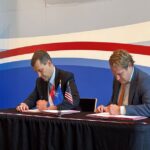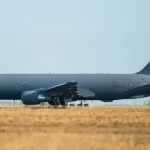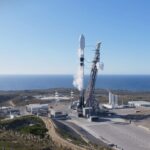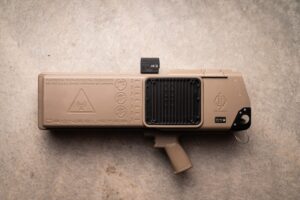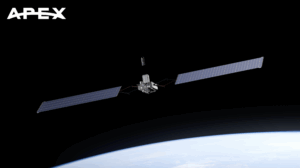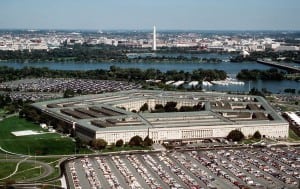
The Defense Department and Congress should give preference to fielding long-range intelligence, surveillance and reconnaissance (ISR) and strike aircraft to bolster the U.S. military posture in the Asia-Pacific and enable it to project power rapidly, according to a report from an influential Washington think tank. The Center for Strategic and Budgetary Assessments (CSBA) argues in a new report, Toward a Balanced Combat Air Force, the rise of anti-access/area denial (A2/AD) capabilities like anti-satellite weapons and integrated air defense systems, in…


